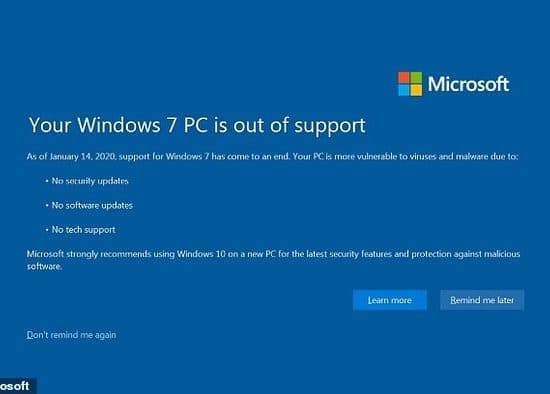When you suffer from a cold, feeling lousy is just part of the problem. There’s also trying to be productive even though you feel like you’re slogging through Jell-O.

Ken Satterfield
|
If the computer is a vital tool for your work, a sick workstation or laptop is just as bad. An unprotected personal computer attached to the Internet can be infected anywhere from four to 34 minutes, according to varying reports. For example, the Slammer Worm virus, in its first minute, doubled the number of machines that it infected every 8.5 seconds — and that was in 2003.
How can you keep your PC in tip-top shape?
Protect yourself. A computer without virus protection is a headache waiting to happen. But which of the many products out there should you choose?
The “best” answer will change as software and operating systems are upgraded. And no package is foolproof. (See in-depth reviews at avcomparatives.org.)
But you should install something. And, it doesn't do you any good unless it is used. Set up a schedule for regular scans.
A good and free solution is Microsoft Security Essentials. You can also scan suspicious files or websites with VirusTotal.com, using about 41 different antivirus engines.
One caution: You may think that when it comes to protection, the more, the better. However, some programs may interfere with one another or your firewall, an extra level of security that is a part of Windows XP (SP2) and later. Learn about firewalls here.
Remember to scan flash/USB drives and CDs and DVDs that have been burned, too. These can also harbor harmful viruses.
Update, update, update. It should be obvious that antivirus programs constantly need to be updated as new threats evolve. Your computer hardware and the software programs that run on it also need constant updating. Many eliminate security holes. A prime example: Inter-net Explorer 6 is no longer supported.
Your computer should provide hardware and some other updates on the company’s website. Several software programs such as Update Checker, SUMo and Personal Software Inspector can scan your computer for software and driver updates. Find a comparison here. Registering software will help you receive updates, but opt out of additional advertising.
Windows allows you to schedule critical updates. Go to Start>Security Center or Action Center (depending on your operating system) to determined if you are scheduled. You will still need to check periodically for non-critical updates. Find FAQs here.
Develop a healthy suspicion. Just as you should be discerning about e-mail forwards, be careful about sites you visit and e-mails you open. Misspelled words, generic messages (“e-card from a family member”) and unexpected purchase receipts are just some of the tricks used. When in doubt, don’t click a link, but manually type in a site address or make a phone call. If a site is unknown, be cautious. Professional looking, legitimate e-mails and sites can be spoofed. McAfee has a list of best practices.
And nobody’s laughing. Funny actions — odd e-mail bounces, slow performance, pop-up warnings about virus protection — could be a sign your computer is being attacked. Ask questions and consider troubleshooting steps if this happens.
Nobody’s “perfeck.” No matter how careful you are, you can still be infected. A September report indicated cybercriminals create 57,000 malware sites per week. The built-in Firefox protection or Internet Explorer’s SmartScreen Filter each can help you avoid harmful sites.
Other products such as Web of Trust (mywot.com) and browser add-ons can also help. PC World recently ran an article naming its most dangerous places on the Internet.
Continue to learn to protect yourself and your computer.
Ken Satterfield is Word& Way’s marketing and advertising coordinator.

